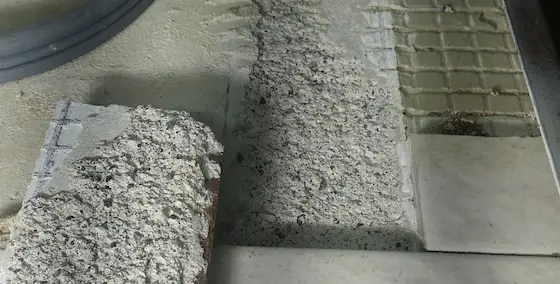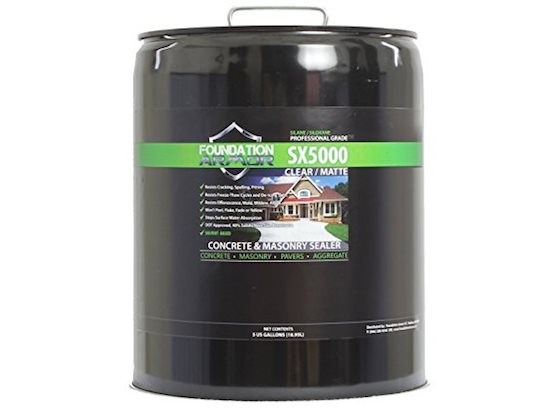Tankless Water Heater TIPS
- You may not save money with a tankless heater - SEE BELOW
- Tankless heaters are very expensive to install
- Takes years to *save* any money on fuel bills - SEE BELOW
- Tankless heaters require huge fuel supply lines
- CLICK HERE to subscribe to Tim's FREE & FUNNY Newsletter
DEAR TIM: I need to install a water heater in my home. I've seen tankless water heaters in stores that sound as if they are a miracle product. Do they really deliver an endless supply of hot water? Do you save money using one? Are they a wise investment? Are they expensive to install? Wesley W., Silverdale, WA
DEAR WESLEY: The tankless water heaters you speak of seem to be the rage right now. The marketing campaigns of these companies seem to stimulate the same nerve endings that tingle when the hot water in a shower turns to cold. But you need to look under the skin of these appliances, between the lines of the brochures and do some simple mathematics before you make a decision to buy one.
CLICK HERE to get FREE & FAST BIDS from local plumbers who can install water heaters.
Require HUGE Fuel Lines
The tankless water heaters come in many different sizes. These heaters have a voracious appetite for natural gas, often two or three times the amount of a standard residential water heater. If you need one to supply an entire family with hot water, look for one that has an input of no less than 165,000 Btu.
Shop long enough and you may find a model with a burner that consumes an astonishing 230,000 Btu of gas per hour.
IMPORTANT TIP: Each time you turn on a faucet for hot water, a tankless heater begins to burn fuel. It doesn't shut off until you turn off the faucet.
See the potential problem?
Even with an enormous gas burner, the tankless water heaters have limitations. Pay attention to flow rates. This number tells you how much water a tankless heater can deliver at a given temperature rise. The flow rate in your home is a function of how many fixtures are demanding hot water.
As more hot water faucets are turned on at the same time, more water flows through the heater. When this happens water may exit the heater before it gets to the desired temperature. To add insult to injury, incoming cold water temperatures in many cities vary month to month.
Cold Water & The Four Seasons
If you live in a cold climate as I do, the temperature of the water can vary drastically from summer to winter. I live in the Midwest and it is common for the incoming cold water temperature to be 40F or so in the middle of winter.
Water at this temperature pushes a tankless water heater to its limit in a typical residential setting. A typical tankless heater with a 165,000 Btu burner can raise the water temperature to 110F and deliver 3.8 gallons per minute of this heated water indefinitely.
High-Flow Shower Heads
But is this flow rate and temperature satisfactory? 110F hot water is 8 degrees below the temperature that most adults feel pain (the average shower temperature for most adults is anywhere between 115 - 120F). A code-approved typical shower faucet will deliver 2.5 gallons of water per minute.
A typical kitchen sink faucet will discharge 2.0 gallons of water per minute. Do the math and you can see that these two common fixtures have exceeded the capacity of the tankless heater.
CLICK HERE to get FREE & FAST BIDS from local plumbers who can install water heaters.
Expensive Heaters!
The cost issue is even more dramatic. The tankless heaters are expensive. A large whole house model typically costs $1,000.00. A traditional storage tank water heater that has a super-fast recovery time costs less than $500.00. Add a secondary accessory anode rod to this heater at a cost of $125.00 and you can have a traditional water heater that may last 15 - 20 years.
Your Current Hot Water Bill
How much do you spend heating hot water each day?
It's fairly easy to calculate if you heat with natural gas or propane.
Look at your natural gas bills for the months of June, July and August. Normally your furnace never operates during this time period.
Most people have electric clothes dryers. You may not have a gas cooktop.
If so, what you see on your gas bill during these months is what you spend to heat water.
You'll probably discover it's about $1 or $1.50 per day at the most.
This was discussed in Tim's November 19, 2017 AsktheBuilder Newsletter.
True Cost to Operate
But the cost issue does not end there. The tankless heater manufacturers often claim all sorts of energy savings when you switch to their products. My calculations show just the opposite. Let's use one of my summer gas bills for a comparison.
That month the cost of natural gas in my city was 53.4 cents for each 100 cubic feet of gas consumed. My family used 2,400 cubic feet of gas during that month.
Most of it went to my traditional storage tank water heater, some went to our gas range that was used each day to cook and the remainder went to our gas clothes dryer. I estimate that it cost me approximately 37 cents per day to provide hot water for my family of five and we rarely run out of hot water.
I also timed our hot water usage. On average, hot water runs in our home approximately 90 minutes each day. Fifty minutes of that usage is showers, the rest being cooking and cleaning.
IMPORTANT NOTE: When you turn on a hot-water faucet in your home with a tankless heater, the heater immediately starts to work. It doesn't shut off until you turn off the hot water.
If I had a large 165,000 Btu tankless heater at my home, it would have consumed 248 cubic feet of gas each day. Each hour the tankless heater is operating, it burns 165,000 Btu's of natural gas. If it operates ninety minutes, then it will burn 247.5 Btus. There are 1000 Btus per cubic foot of gas.
Each day I'd burn 247.5 cubic feet of gas. Multiply the 53.4 cents by 2.475 and you come up with the cost of gas per day using a tankless heater.
Doing the math, I arrive at a cost of $1.32 per day using a whole house tankless heater. Unless I am mistaken, it would cost 3.5 times more money to use this heater in my home.
Some Don't Care About Money
There's no doubt in my mind that a tankless water heater works in some warm climates and for certain people who have low or moderate demands for hot water. But there is no way a tankless water heater could keep up with my family, especially my son. In fact, if I had a tankless heater, he alone would bankrupt me as he would stay in the soothing shower all day long.
CLICK HERE to get FREE & FAST BIDS from plumbers in your city or town to install a tankless water heater.
Column 451
Author's Notes:
These additional comments, in-depth analysis and visitor feedback are constantly growing. I get emails each month from people who bought tankless water heaters and are left somewhat disappointed when they finally see what happens. Wait until you read the email from George McCammon that follows my comments.
In the twenty-plus years I have been writing my syndicated newspaper column and publishing my work and tales here on AsktheBuilder.com, only one other column has created as much controversy as this one - the one on the Barrier EIFS Nightmare. Wow! The following background information and subsequent fallout after the tankless water heater column appeared in papers across the nation will help you sort through this very complicated topic.
I was flooded with email from people who did not believe the column. Some of it was from people who have tankless water heaters and other mail was from people who were thinking of buying these appliances. I also heard from many people who know very little about how water heaters work. It is astonishing how much misinformation is out there. I also received mail from people who verified my facts with their own experiments. Several of the emails are below. Here are some facts you should know before you go any further:
It takes the same amount of energy input to heat water no matter what type of device you use. Ask any thermodynamic engineer and she/he will tell you that you must expend one Btu of energy to raise one pound of water one degree Fahrenheit. This simply means that a tankless heater and a traditional storage tank heater must each burn the same amount of energy to heat the water in your home. But, each heater has a different efficiency rating. The tankless heaters are more efficient, but not as efficient as you might think. See below for more on efficiencies.
The burner on a traditional storage tank water heater does NOT burn 24 hours a day. Do not confuse a water heater with a pot of water heating on a stove. If you turn the stove off, the water in the pot cools. In a traditional storage tank water heater, the high-performance foam insulation keeps the water hot for many hours before the heater needs to turn back on to raise the temperature.
Numbers do not lie. Look at your own utility bill for last June, July and August. If you live in the Northern Hemisphere, you typically do not use any gas during those months for heating your home. The usage in these three months gives you a very good idea what you spend each month to heat water. Granted, some gas goes for cooking and clothes drying if gas fuels those appliances. Subtract about 20 percent from you gas bill if you do use gas to dry clothes and cook food so you get an even more accurate feel for the daily cost to heat and store water in your home.
Also, you will spend more money to heat water in the winter as the incoming water is colder and needs more energy to raise the temperature of the water. But this is also true of the tankless heaters, so it is a wash with respect to cost.
Some people who have tankless heaters have reported to me that their utility costs stayed the same because they used more hot water. Why? Since there was now an unlimited supply of hot water they stayed in the shower longer. Not only did they use more gas, but they also used more water than they would normally. While researching the column, I didn't see any warnings on the tankless heater literature about this possibility.
Click here to view a scanned copy of my July 2002 utility bill. Many people thought I had a crack pipe in my hand while I wrote the column. Remember, subtract the $6.29 customer service charge. That has nothing to do with the actual cost of the gas. Everyone would pay that fee no matter if they had a water heater as I do or a tankless heater. You are just interested in the actual usage and cost of the gas. The usage says 24 CCF of natural gas. CCF stands for *hundreds of cubic feet*. This means my family of two adults, and three kids used 2400 cubic feet of gas in July, 2002.
Your cost of gas compared to mine means nothing! In other words, if I pay more or less it does not matter. You are simply concerned with how much gas will you use with a tankless heater vs. a traditional tank heater. Every person needs to compute their own usage and cost. Do not rely on numbers printed in a brochure. Those are average or blended costs.
You NEVER experience savings until you pass the break even point. In other words, if you pay $400.00 more for a tankless heater and think you are *saving* money the instant it turns on, you are crazy. You first must get back the extra money you spent plus the interest on that money. Once you get all of that back, then you can talk to me or others about saving money. It could take you years and years to achieve the break even point.
Tankless heaters have governor gas valves. This means that the amount of gas burned is a function of the rate of flow. If you just turn on your vanity hot water valve a little bit, then the gas valve supplies the needed gas to heat that smaller flow of water.
Tankless heaters come in various sizes. Many are rated for just one fixture. This means, you get an unlimited amount of hot water if just one fixture is asking for water. This is great if you are single or have no kids. But always pay attention to the flow rate! See how much hot water can flow through the heater before it is overloaded.
Some people remove flow restrictors. It is a common practice. The low flow shower heads can be turned into a high flow fixture in about 3 minutes. My house already had high flow shower heads. Some fixtures / sinks have huge flow rates. My laundry sink where I fill buckets of water to wash cars, windows, etc. has a standard valve on it. If I open just the hot water valve alone to full flow, it consumes an astonishing 4.2 gallons of water a minute. That single faucet could overload a high capacity tankless heater on a cold winter day. If you have a large whirlpool tub, place a 5 gallon bucket in the tub and turn on just the hot water for one minute. See how much water is in the bucket 60 seconds later. These tubs often have high flow valves.
Read this most interesting email I received on March 5, 2003 - three weeks after the column was published - from a gentleman in Boston:
"Dear Tim,
I have appreciated your newsletter and website for some time. I was intrigued by your remarks on the topic of tankless water heaters, because a month ago I had a new hot water boiler installed, including a tankless heater. To be honest, I had a hard time accepting the calculation you provided showing that a tankless heater would use 3.5 times more gas than your present water heater. So I decided to do an experiment.
As it happens, I have a 165,000 Btu input system, and I live in Boston, where my cold water comes in at 41 F at this time of year. I turned down the thermostat, so that the boiler's output could be directed entirely to hot water. I turned on my shower and adjusted the water temperature to 120 F using my instant-read kitchen thermometer (and I should add that is definitely hotter than what I would use for a shower!). I turned on the hot water faucet at the same time. Then I went downstairs and watched the usage indicated on my gas meter for ten minutes, which came to 16 cubic feet. This would translate to 144 cf over the course of 90 minutes. This looks to be about 2.1 times the rate you describe for your water heater. If I were doing the measurement in July, when your home data was measured, it would be lower because the incoming water would be warmer.
Still, I confess that this surprised me. I do wonder about a house (like mine) where hot water usage is not uniform during the day. Hot water usage in my house is basically after 6 PM and before 8 AM; the other ten hours a day, my water heater was keeping the water at temperature. I've noticed that my hot water is 5-10 degrees hotter now than it was when I had a water heater, so I could adjust the mixer valve and reduce gas consumption further.
I may try this again in the spring; if the results are significantly different, I'll let you know.
Best wishes,"
Tom Fisher - Boston, MA
# # #
"Dear Tim:
I read you article about tankless water heaters on the Internet, which I found most enlightening and informative. Like many people my wife had read all the hype about how tankless water heaters were much more energy efficient and good for the environment. So I set out to find the "right" tankless water heater for our house.
It took some time to do the homework, but I eventually decided on a whole house natural gas unit that delivered 175.000 BTU and flow rate of 6 gallons per minute. Yes, we finally got rid of that ugly, inefficient tank water heater and replaced it with our brand new small-profile tankless water heater. Of course, the initial cost was a bit of a shock; cost of the unit ($1025) plus the cost of installation ($1100) came to an initial investment of $2100. Oh, but it would all be worth it; think of the all the money we would save on natural gas and let's not forget the environment!
One problem is that our average natural gas usage (in cubic feet) has actually increased by 40% compared to the same three months from last year. Perhaps I need more data, but it appears that at best we are at a break-even point with regard to natural gas usage.
Another problem is that the "on demand" only applies to the natural gas and not the hot water. This means that we are now letting the water run longer in order to get "hot" water. Compared to our ugly old tank water heater we must wait up to 60 seconds or longer in some instances to finally get "hot" water.
Since the kitchen takes the longest for "hot" water to arrive, my wife has taken to heating a large pot of water on our gas range to overcome this issue (perhaps a contributor to the increase in natural gas usage). Based on this data, I have come to realize that we will never make up the additional cost for the tankless water heater from energy savings! The bottom line is that we spent $2100 dollars for a tankless water heater that doesn't conserve energy, takes at least 1 minute to deliver hot water, and that has the same warranty as a conventional water heater. Forget about making up the cost in energy savings ... you can purchase 3 conventional water heaters at $700 each that combined will last for a least up to 30 years. Just taking into consideration the debt in initial cost for a tankless water heater compared with a conventional water heater, your energy savings would have amounted to $1400 before there is any payback. Assuming that a tankless water heater lasts for 12 years, that's $120 per year or $10 per month. Even if that were achievable, it may be time to replace that tankless water heater. The replacement costs should be less since the initial installation has be done, so assume $1200 for tankless heater number 2. (This time it's probably only $1400 which for some people may be possible (I don't see how)) cost for the tankless water heater from energy savings!
Still looking the bright side, we tell ourselves that the tankless water will last twice as long as a conventional water heater (20 years versus 10 years), so we can at least count that as a savings! Wrong again; although the literature talks about 20 years, the actual warranty is only for 12 years. Upon further investigation, I find that there are several conventional water heater that also have 12 year warranties."
George McCammon
Author's Note: You can easily *double* the life of a traditional storage tank water heater by installing a second anode rod.
###
"Tim,
I have a tankless water heater, a Bosch Aquastar 250 SX. I have had it for about a year. I talked my husband into one based on the projected energy savings.
I did not know about your article previous to today- it sure could have saved us some money.You are so right. Not only have we spent more on the initial costs of the heater and the installation (about $2000), but we have found that since it's installation we have not saved anything,it has consistently cost us more in natural gas.
The manufacturer acted like I was crazy when I called to report these facts. They so much as told me I was the only customer they had spoken to that had such an experience. I am now 'stuck' with this tankless energy monster as I also installed a water softener and no longer have space for a regular tank style water heater. I also do not think the store I purchased it from will take it back after almost a year.
Maybe between your article and my actual experience someone else will not make the same mistakes. For the month of August, our usage was up 9ccf from last year. I hate to see what it will be when we start using the central heat!"
Stacy V.
Weatherford, OK
# # #
This is from Dean Hardister. He's a professional engineer:
"Last year we returned home after a college football game to learn that a Pex pipe above our water heater had ruptured. It was necessary to remove the water heater in order to dry out everything since the water pressure had blown a hole in the drywall. I decided to replace the existing water heater with a new one and considered going the tankless route.
The first red flag was that the plumber said I would need a larger gas line. The second red flag was that he proceeded to try to convince me that it was not economically sound due to the heater cost and the cost of the installation. When I did the research, I went back with a conventional gas water heater.
It was interesting that the plumber advised against the tankless heater. There are some honest ones still out there."
# # #
More on this story in the March 10, 2009 AsktheBuilder News and Tips.
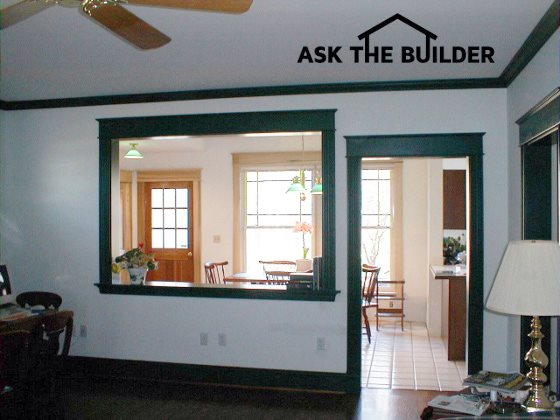

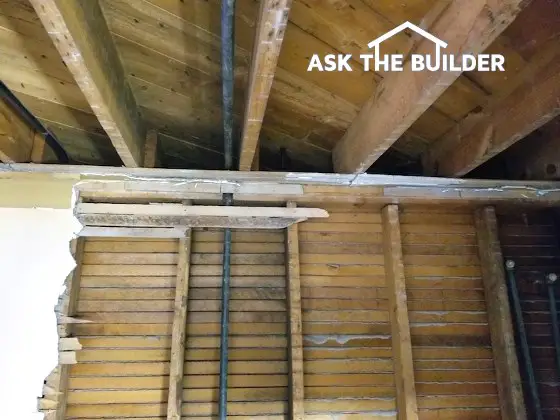
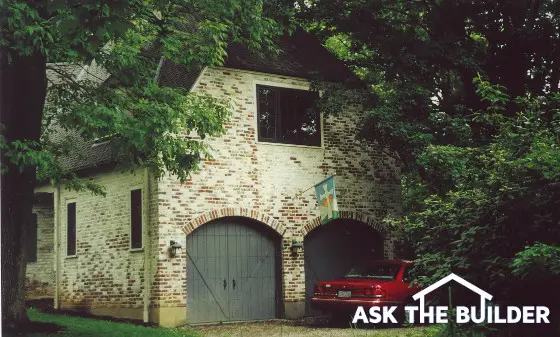
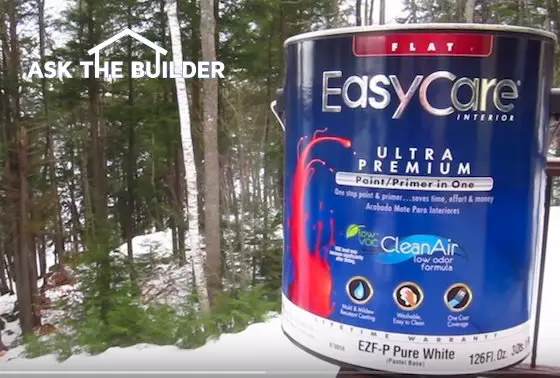

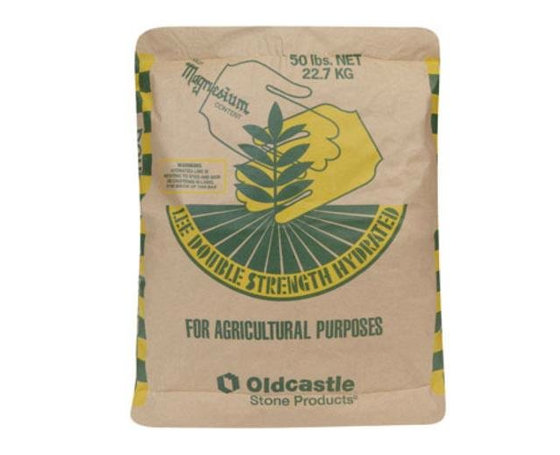
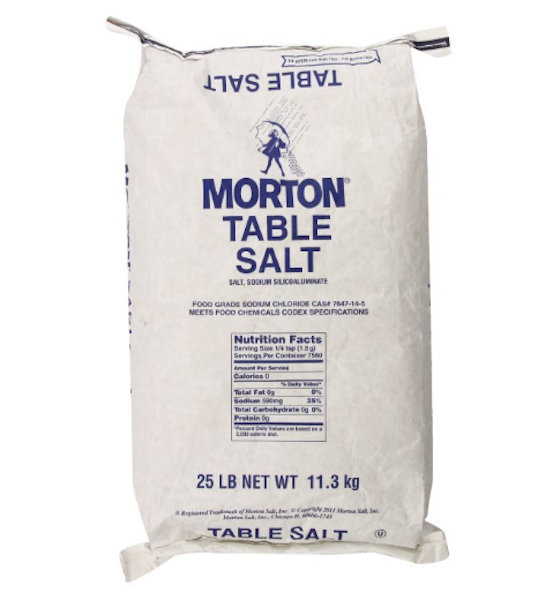

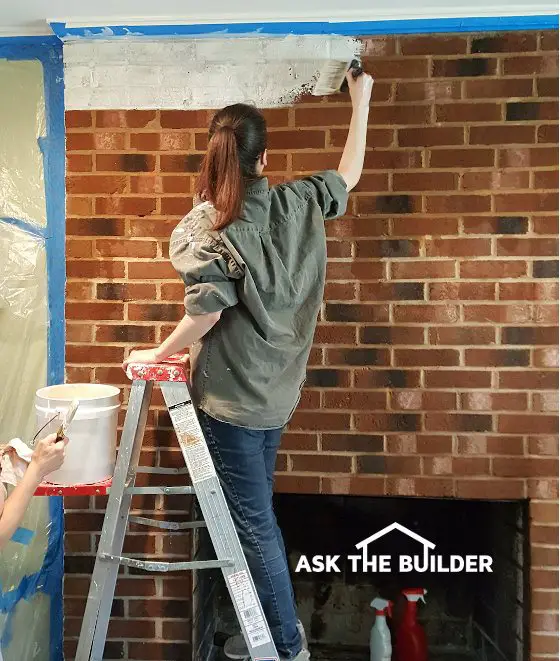
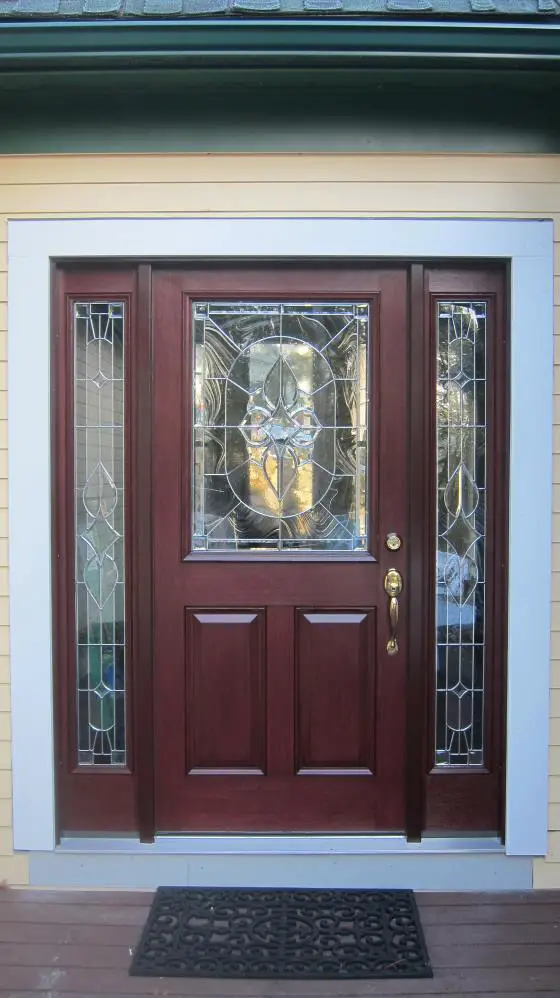

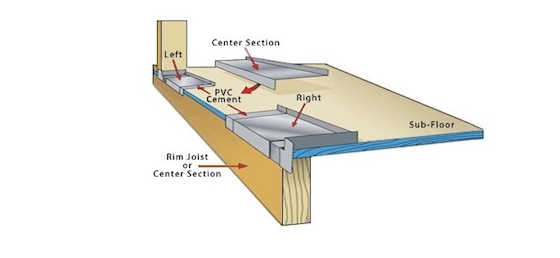
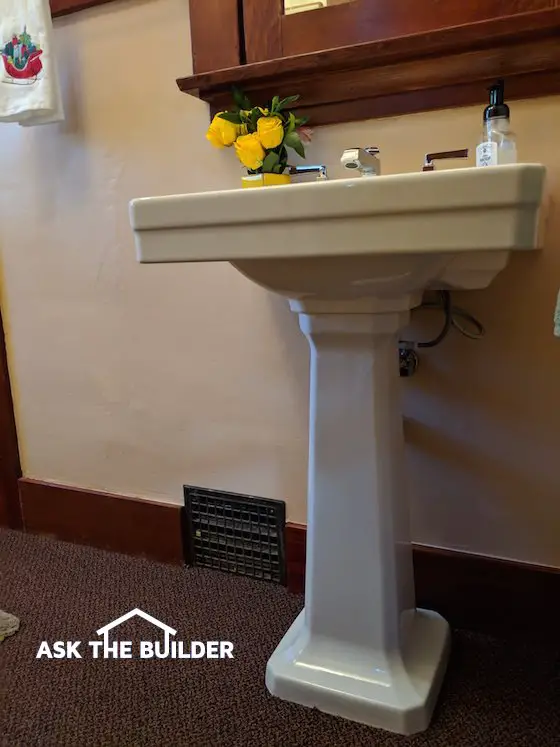
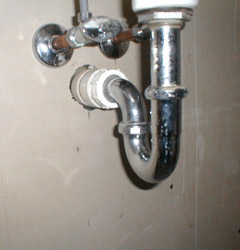
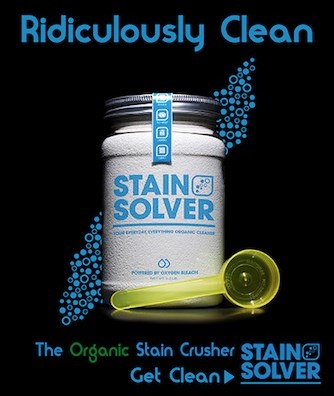
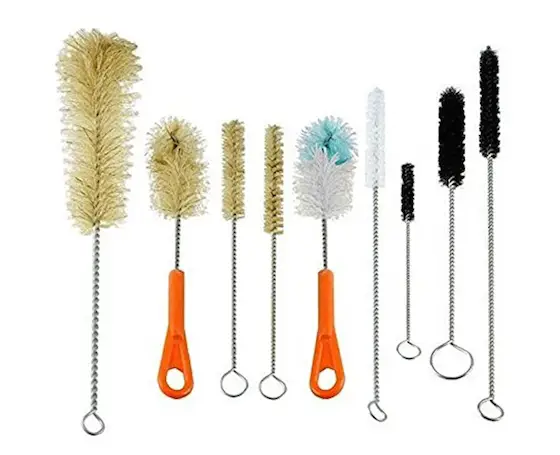
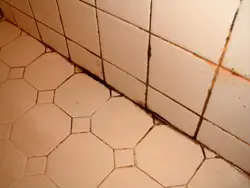
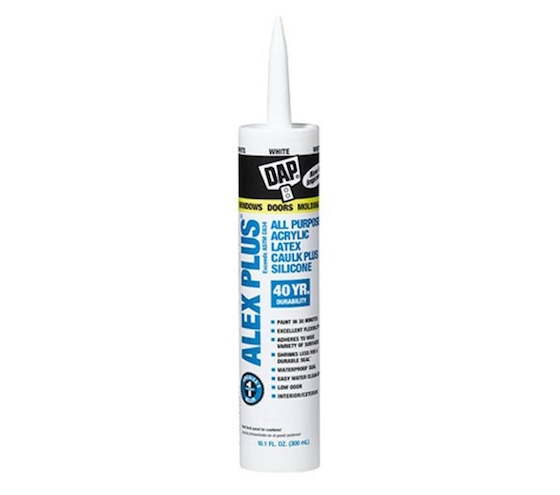
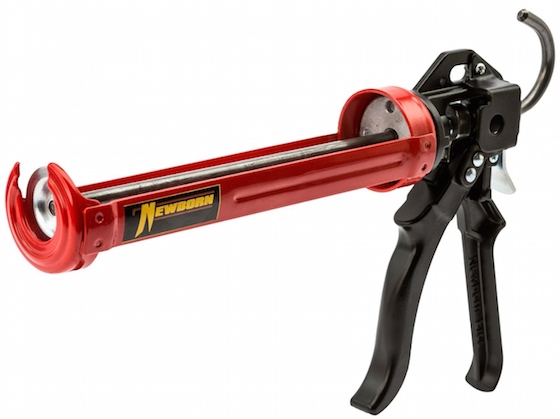
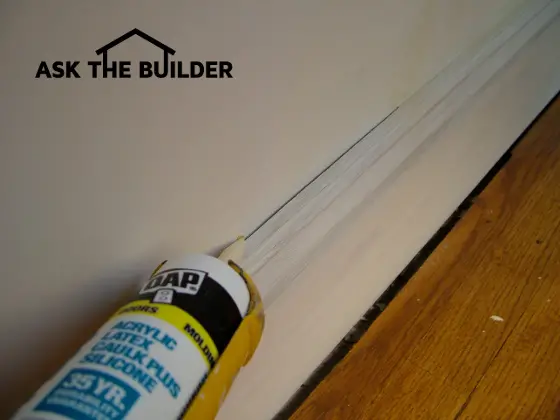
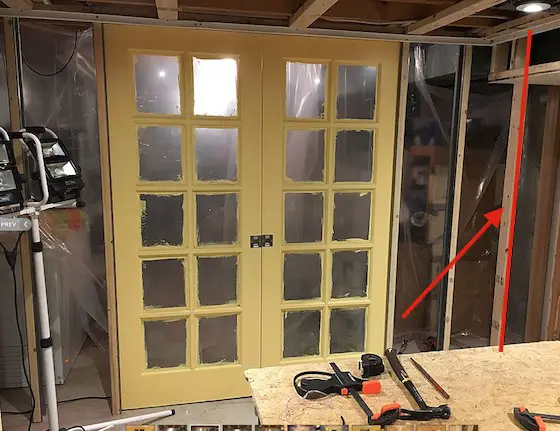

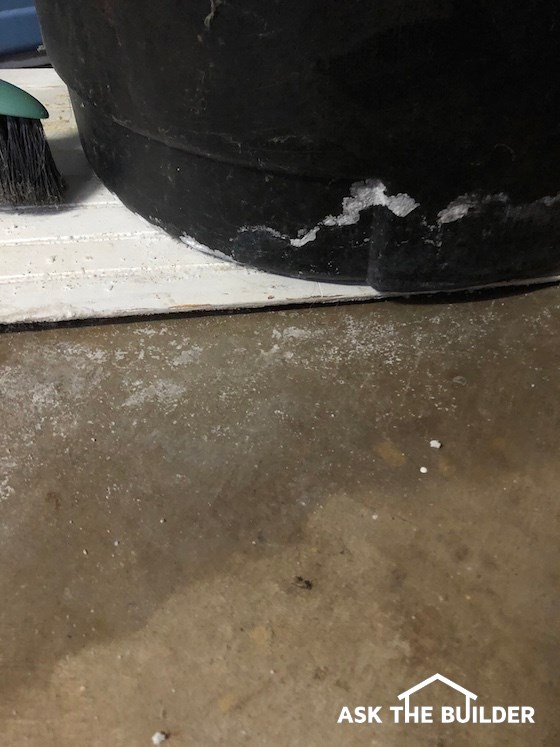
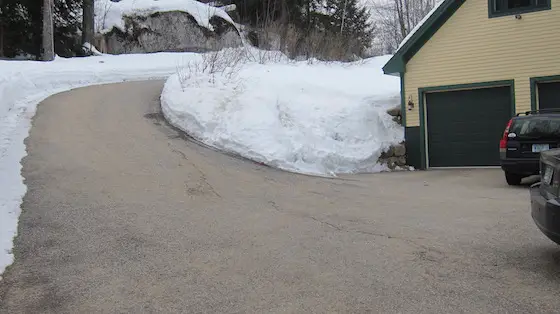
 Get a
Get a 